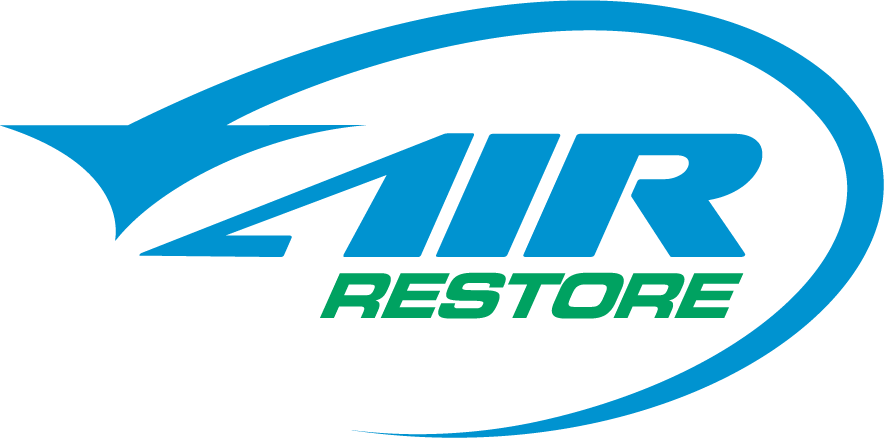ASBESTOS TESTING
SUBMIT SAMPLES FOR TESTING
Thank you for selecting Opira as your asbestos testing centre. Please ensure you complete and print the order form below and include it with your samples when posting. Please be sure to collect the samples following Safe Work Australia, Code of Practice, How to Manage and Control Asbestos in the Workplace, Appendix B
A competent person should take the following steps to carry out a sampling:
1 – PREPARATION
- Make sure no one else is in the vicinity when sampling is done.
- Shut down heating or cooling systems to minimize the spread of released fibres.
- Turn off any fans if you’re inside. If outside, then sample on a non-windy day.
- Do not disturb the material more than is needed to take a small sample.
- Collect the equipment you will need for sampling, including pliers, resealable plastic bags, disposable coveralls, waterproof sealant, plastic drop sheet, water spray bottle, P2 respirator, and rubber gloves.
2 – TAKE THE SAMPLE
- Wear disposable gloves.
- Put on respiratory protective equipment (RPE).
- Wear a pair of disposable coveralls.
- Lay down a plastic drop sheet to catch loose material that may fall off while sampling.
- Wet the material using a fine mist of water containing a few drops of detergent before taking the sample. The water/detergent mist will reduce the release of asbestos fibres.
- Carefully cut a thumbnail piece from the entire depth of the material using the pliers.
- For fibre cement sheeting, take the sample from a corner edge or along an existing hole
or crack. - Place the small piece into the resealable plastic bag.
- Double bag the sample, including the date and location and an asbestos caution warning.
- Ensure the container has an airtight seal.
- Carefully dispose of the plastic sheet.
- Use a damp paper towel or rag to clean up any material on the outside of the container
or around the area sampled. - Dispose of asbestos materials according to state or territory and local procedures.
- Patch the sampled area with the smallest possible piece of duct tape to prevent fibre release.
3 – CLEANING UP
- Seal the edges with waterproof sealant where the sample was taken.
- Carefully wrap up the plastic drop sheet with tape and then put this into another plastic rubbish bag.
- Wipe down the tools and equipment with a dampened rag.
- Place disposable gloves and coveralls into a rubbish bag, along with the damp rag and drop sheet.
- Seal plastic bag.
- Dispose of asbestos materials according to state or territory and local procedures.
- Wash hands.
- Keep RPE on until clean-up is completed.
- Follow a decontamination procedure (personal washing) upon completion of the task
4 – SUBMIT YOUR SAMPLES, INCLUDING YOUR
- Samples double bagged
- Completed order form
- Payment reference
to Opira at 32 Dividend Street Mansfield QLD 4122
If you require any further information, please call Opira on 1300157 969
Download our chain of custody form
We offer the following Asbestos related services:
- Testing
- Audits / Surveys
- Register Updates
- Management Plans
- Analysis / Clearances
- Air / Exposure Monitoring
- Demolition / Refurbishment Surveys
- Management of Asbestos removal.
We strongly recommend using licensed asbestos professionals whenever possible to handle the sample. Furthermore, we welcome asbestos samples for testing against NATA-accredited standards.
For materials that break easily when you apply regular hand pressure and might release asbestos fibers, you need to hire a licensed asbestos removal specialist. An authorized asbestos inspector should also oversee the air quality during removal and check everything is safe when it’s done.
When dealing with bonded asbestos materials covering more than 10 square meters, it’s crucial to hire either a Class B or Class A licensed asbestos removal specialist. An experienced person or licensed asbestos inspector must thoroughly check that the area is safe after removal and provide a report.
For friable asbestos materials, you need to actively monitor the air quality during removal and afterward. It’s also a good idea to do air quality checks for Class B non-friable asbestos removal, especially near public areas or other workers, to make sure the dust control measures are working. An experienced expert should oversee the air monitoring process.
Opira can help with asbestos surveys, managing asbestos removal projects, air quality monitoring, and building asbestos surveys to ensure high safety and compliance standards.






